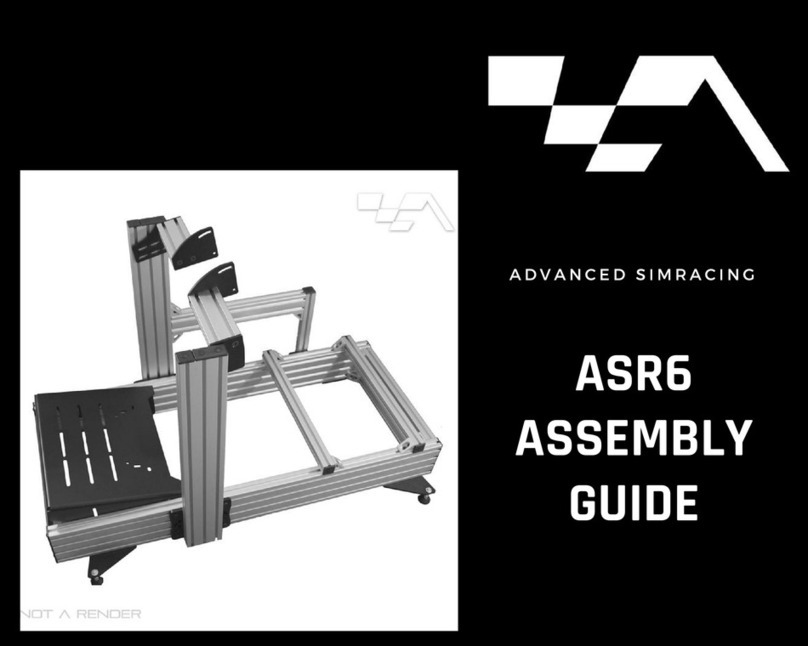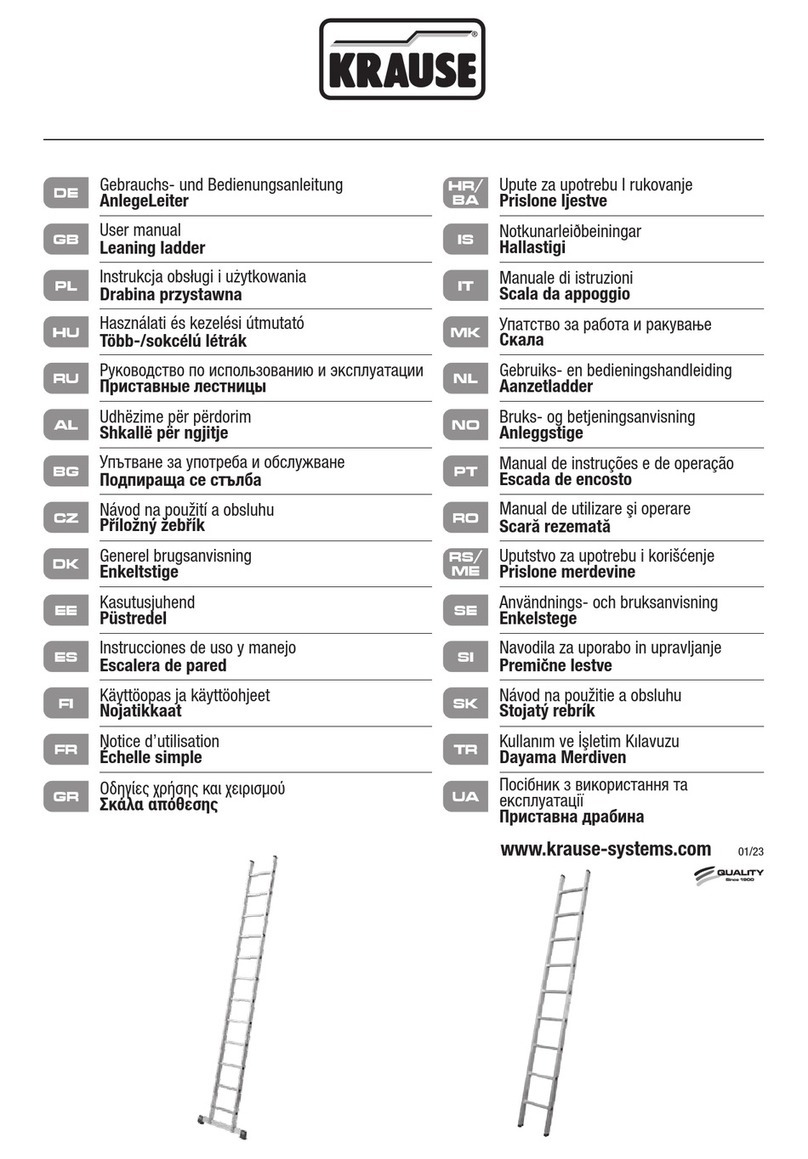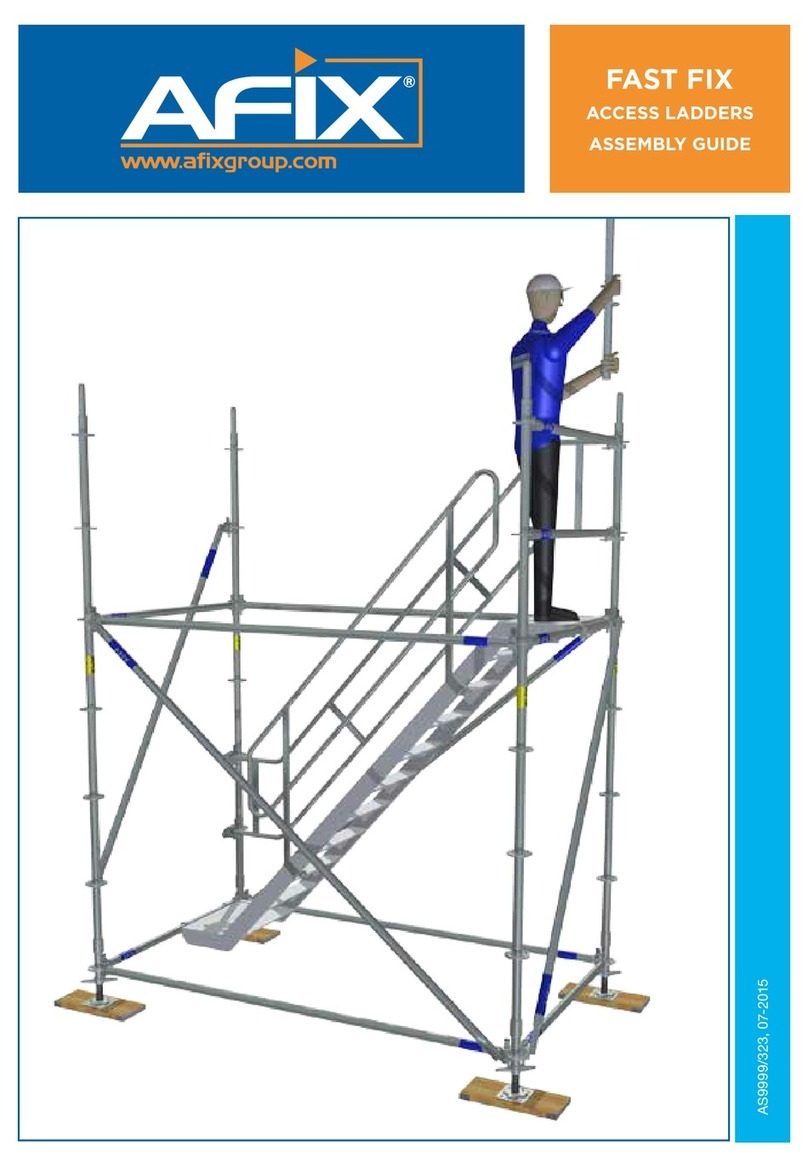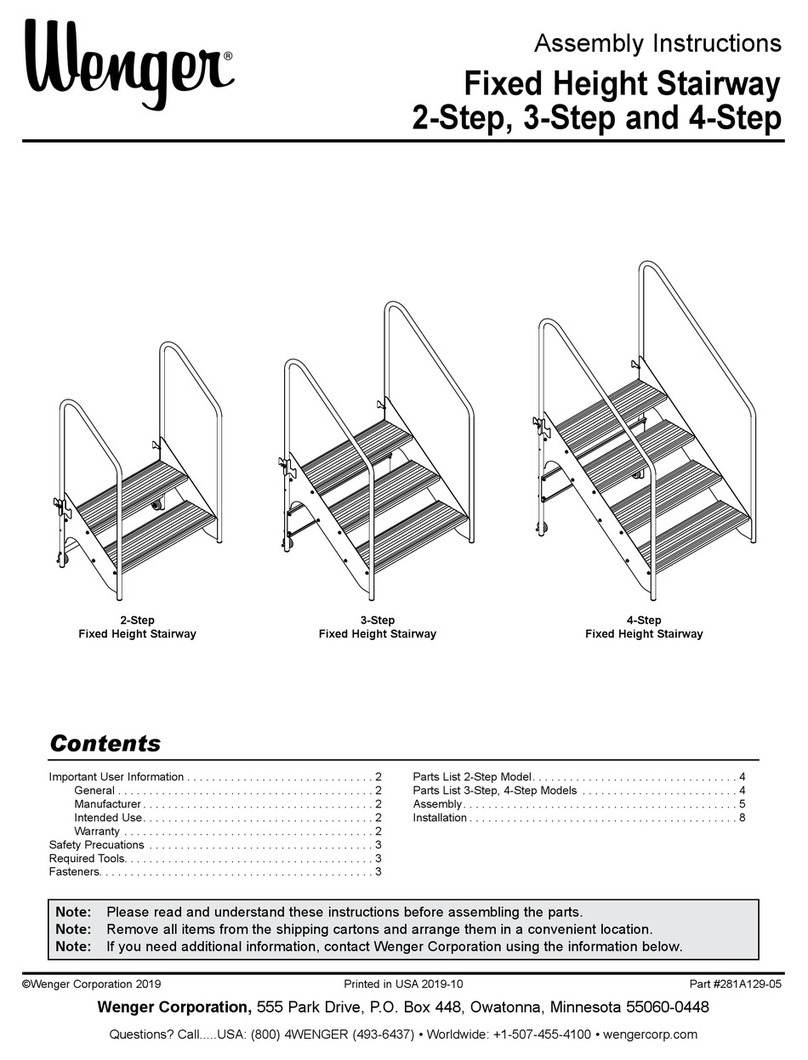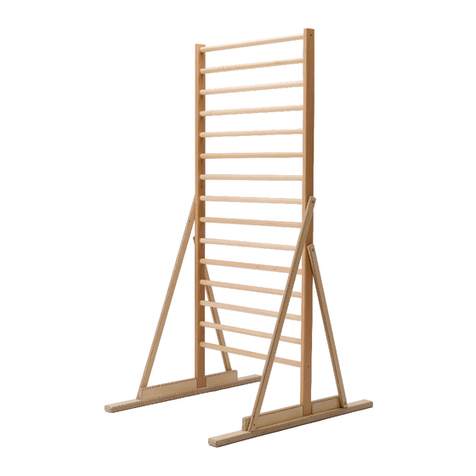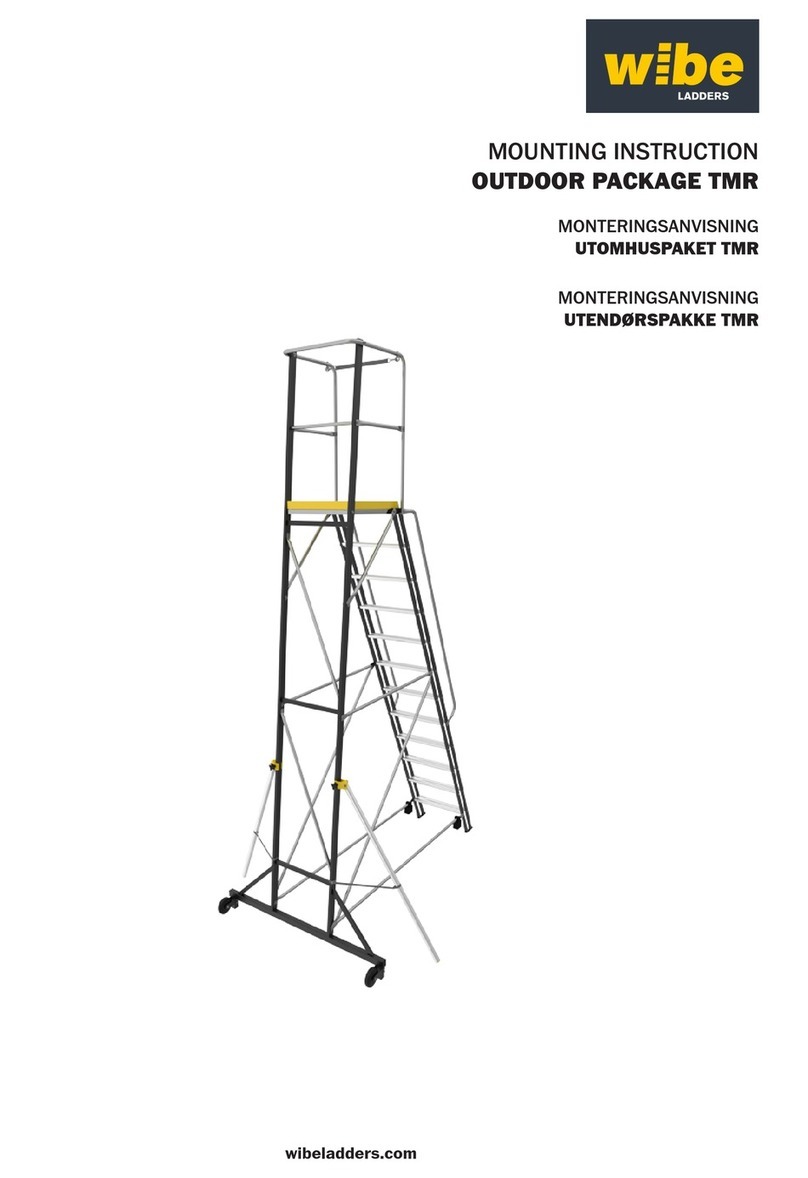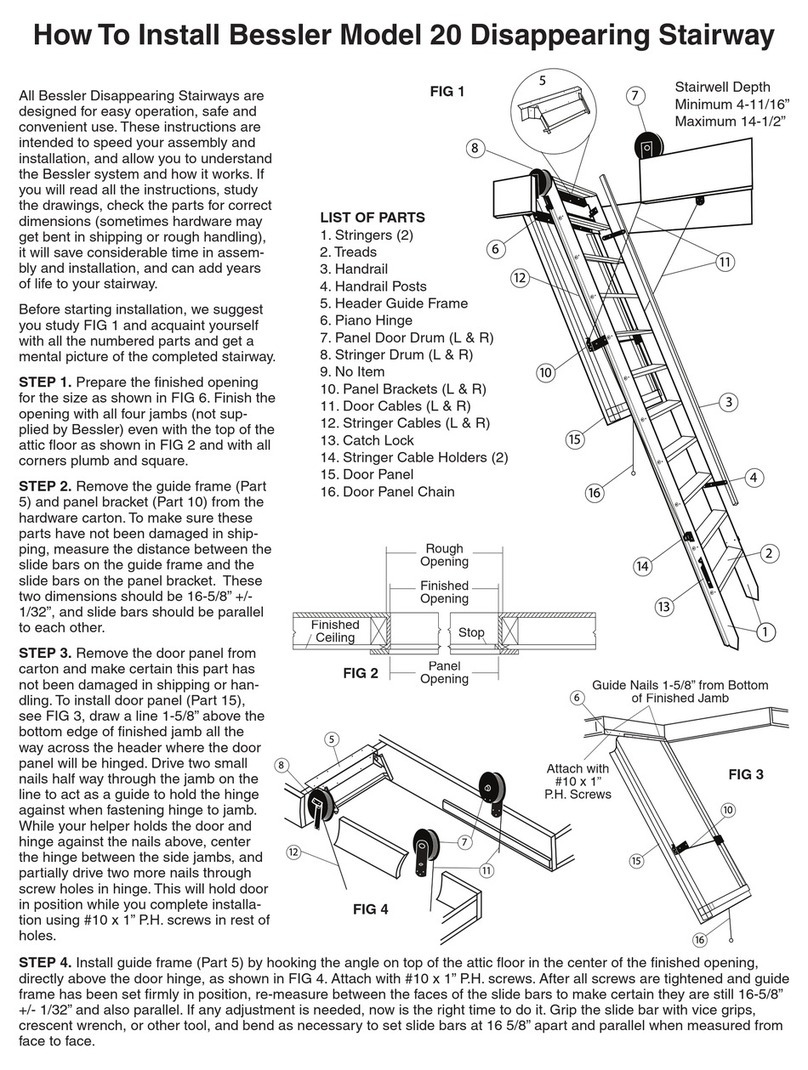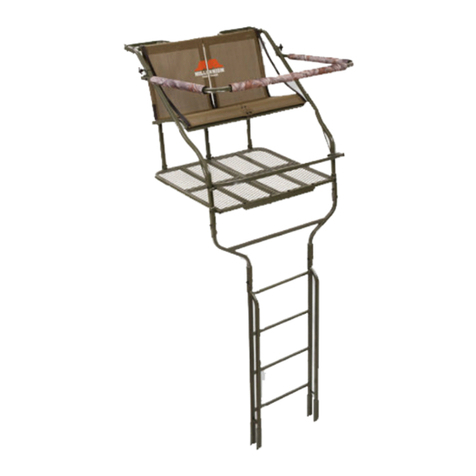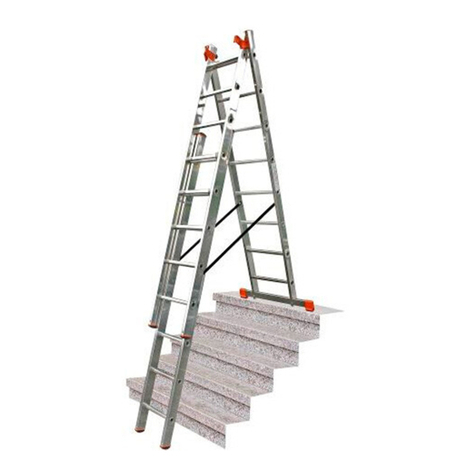
2
II. GENERAL SAFETY INSRUCTIONS
These safety instructions and warnings are not substitutes for routine
prevention measures which must also be observed to avoid potential risks
and hazards. Failure to obey these safety warnings may result in injury to you
or others, or damage to the hoist.
1. WARNING… DO NOT USE OR PLACE THIS METAL HOIST IN ANY AREA
WHERE IT COULD COME IN CONTACT WITH ELECTICAL WIRING OR
OTHER HAZARDS CAUSING INJURY OR DEATH!!!
2. Avoid damage to Hoist operating parts by securing hoist to truck bed with cord
rope or bungee cord. Damaged parts MAY make hoist not SAFE to operate.
Note: Transporting hoist in rain may cause road oils to be deposited on brake
band and or brake pulley. Cover brake area with plastic sheet and inspect prior
to use. See Section III, How to Assemble your Hoist.
3. When unpacking a new Hoist, inspect parts carefully for any damage that may
have occurred during transport. DO NOT ASSEMBLE OR USE THE HOIST IF ANY
PARTS ARE DAMAGED!! Return the damaged part to the place of purchase for
replacement.
4. Observed all labels and instructions attached to various parts of the Hoist.
5. For Safe Operation use only parts, attachments and accessories
supplied by the Manufacturer for use with this Hoist. Using substitute
parts will void the Warranty.
6. Check assembled parts (splice plates, bolts, engine mounting, belts, pulleys,
hoist cable, etc.) for proper tightness and fit before using the Hoist, and during
frequent periods of use, be certain the equipment is in safe working condition.
Recheck for bolt tightness after every 4 hours of operation.
7. Never place the Hoist on a slippery, uneven or unstable surface. Make sure the
Hoist is properly braced against a building or solid abutment at the correct angle
as described herein. Base of hoist should be one (1) foot away from the building
for every (4) four feet of building height. Top of hoist must be tied off for safety
operation. Tie to rungs not side rails.
8. Keep the area around the base of the Hoist clear of debris to avoid
slipping, tripping or falling against the Hoist.
9. Handle fuel with care. It is extremely flammable and highly explosive
under certain conditions.
a. Never smoke or allow open flames or sparks to be present in the vicinity of
the when the fuel tank is being filled.
A.
*Various models come with different engines manufactured by Honda, Briggs and Straton,
and Lifan Power. Any reference to these engines can be used interchangeably.

